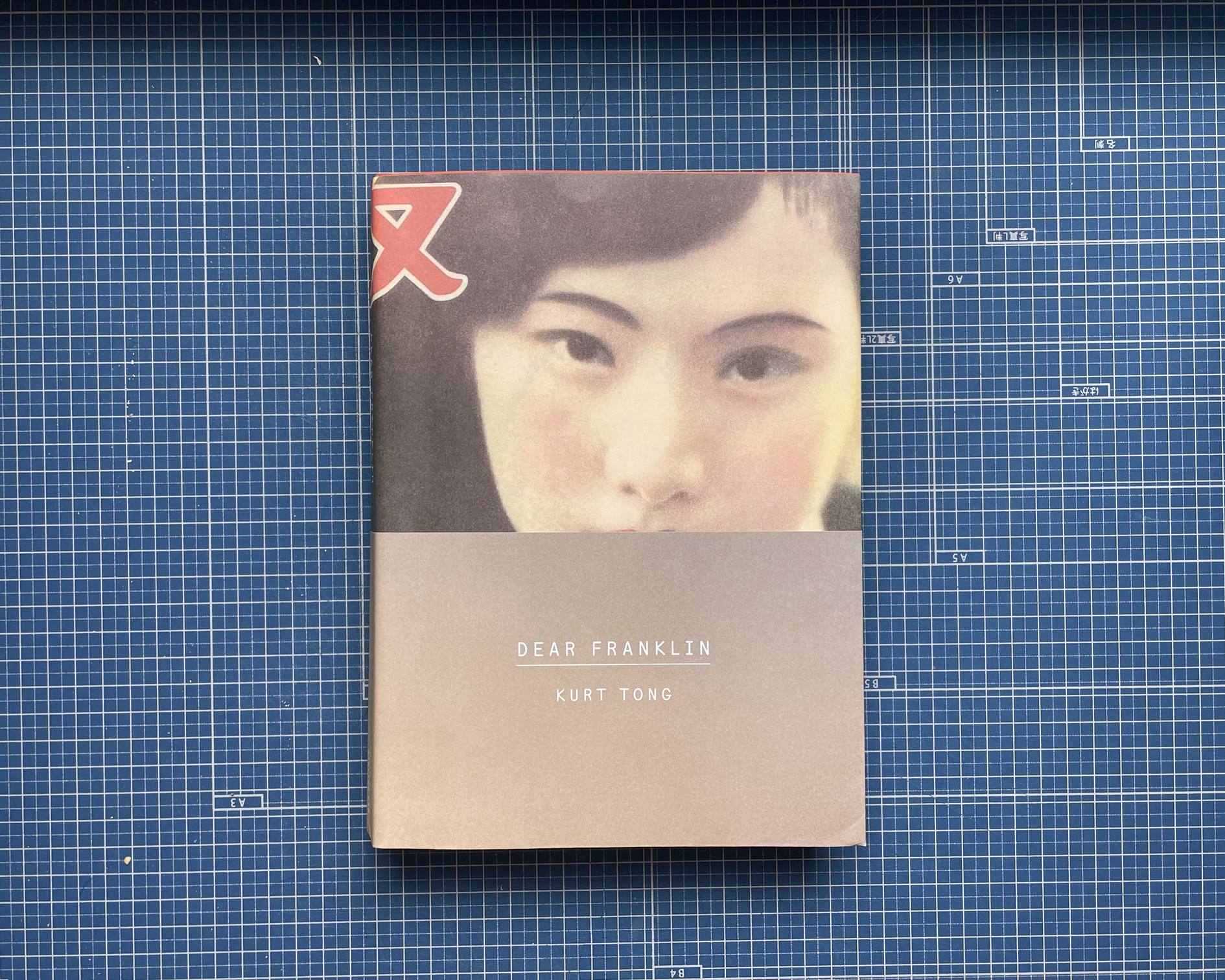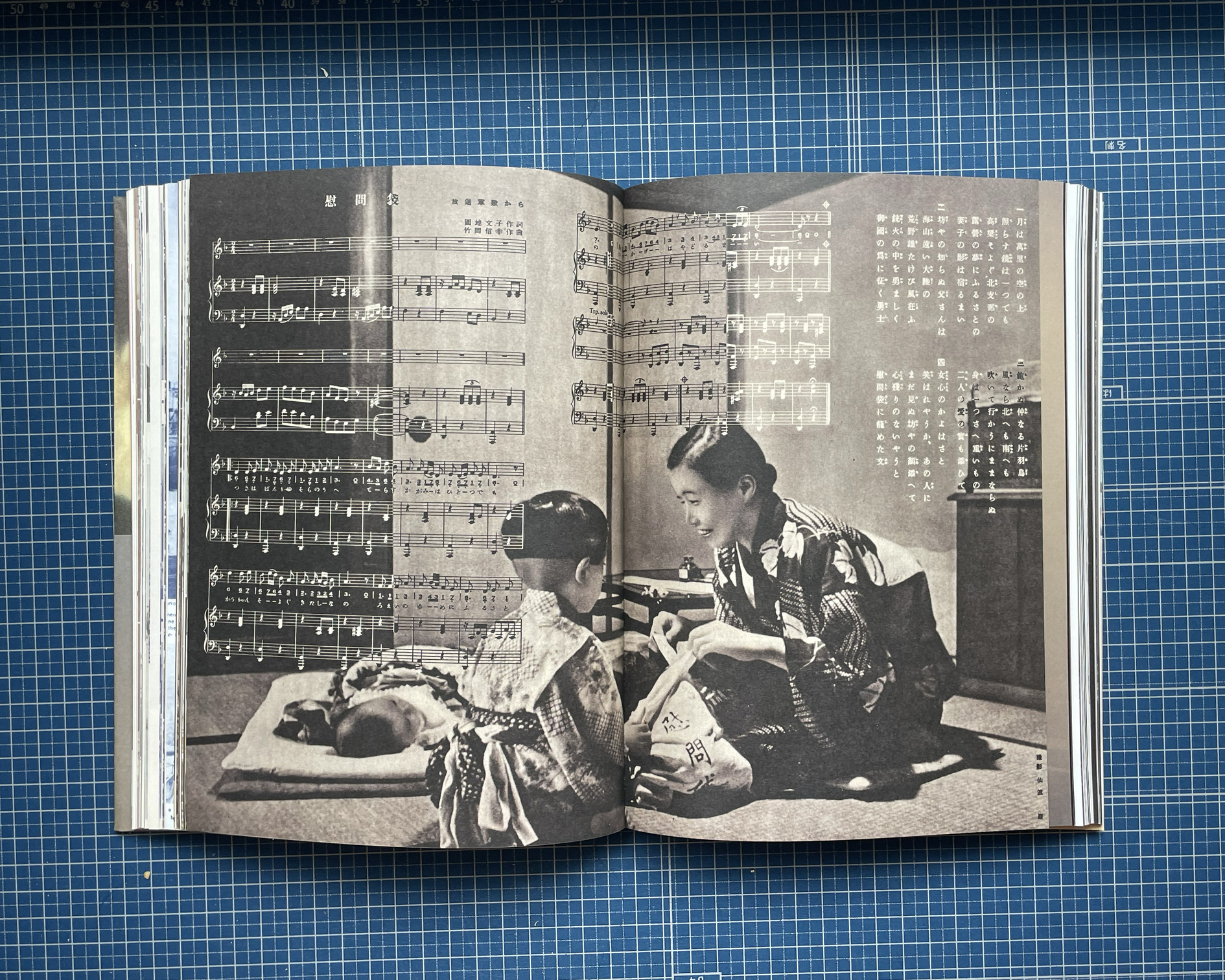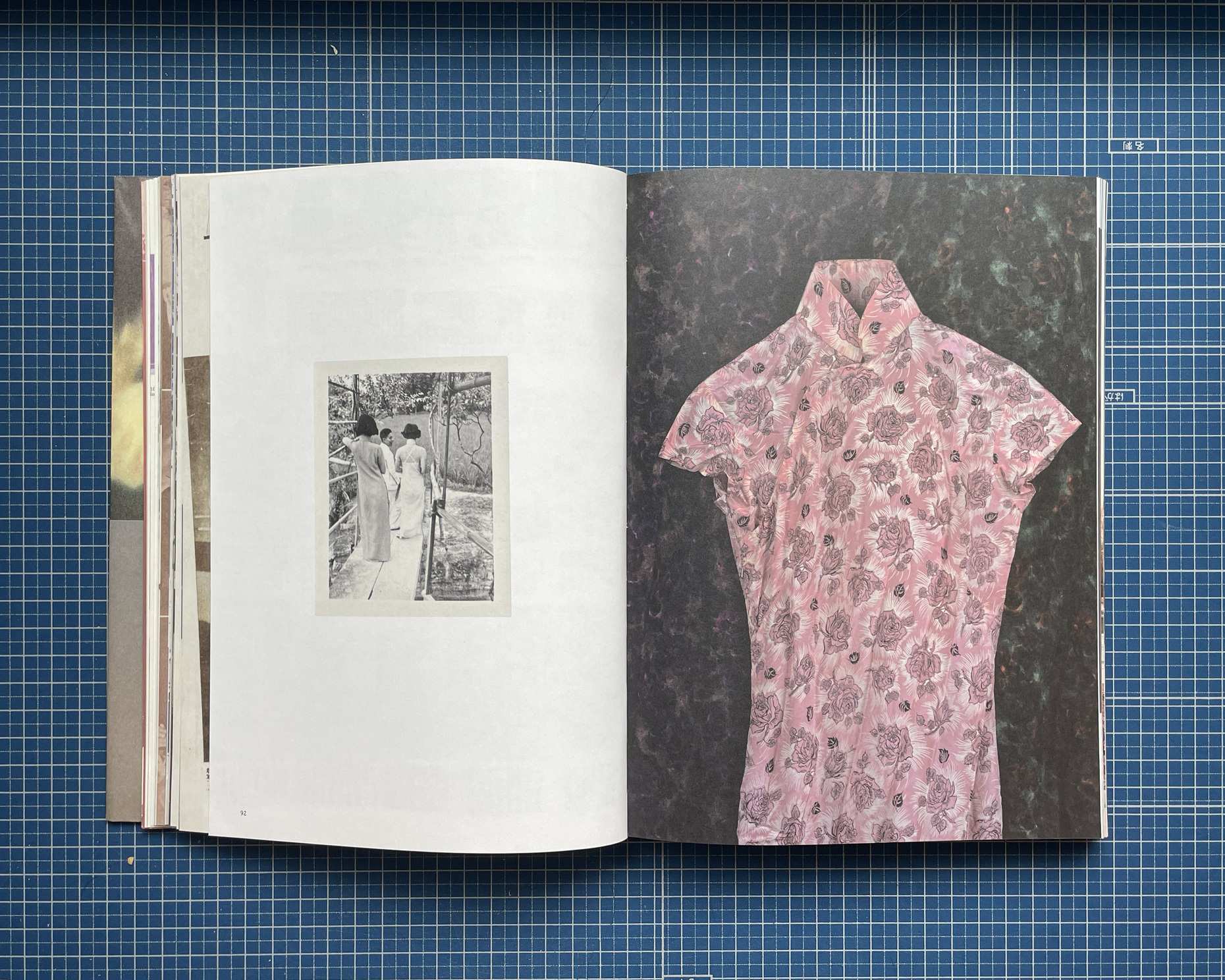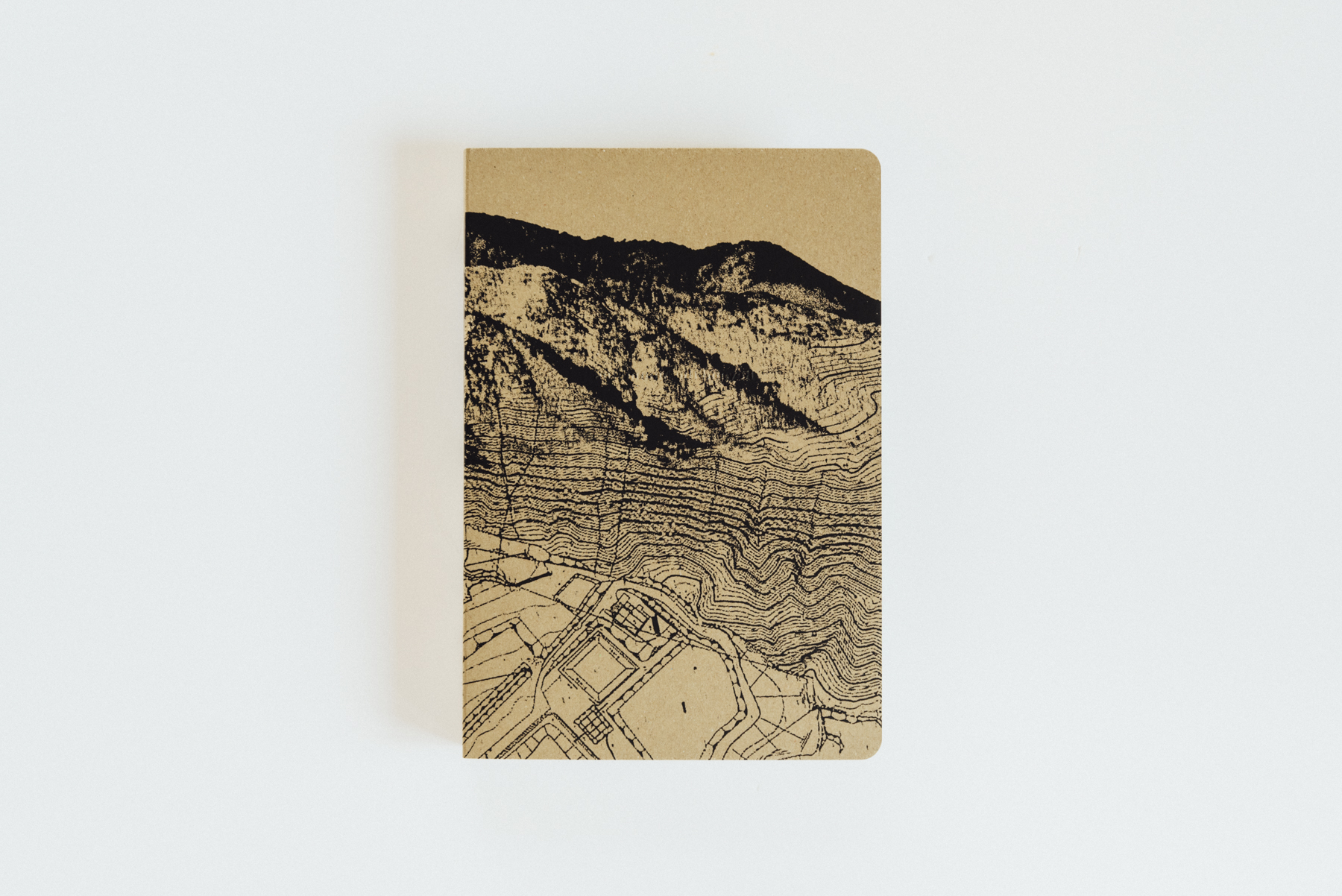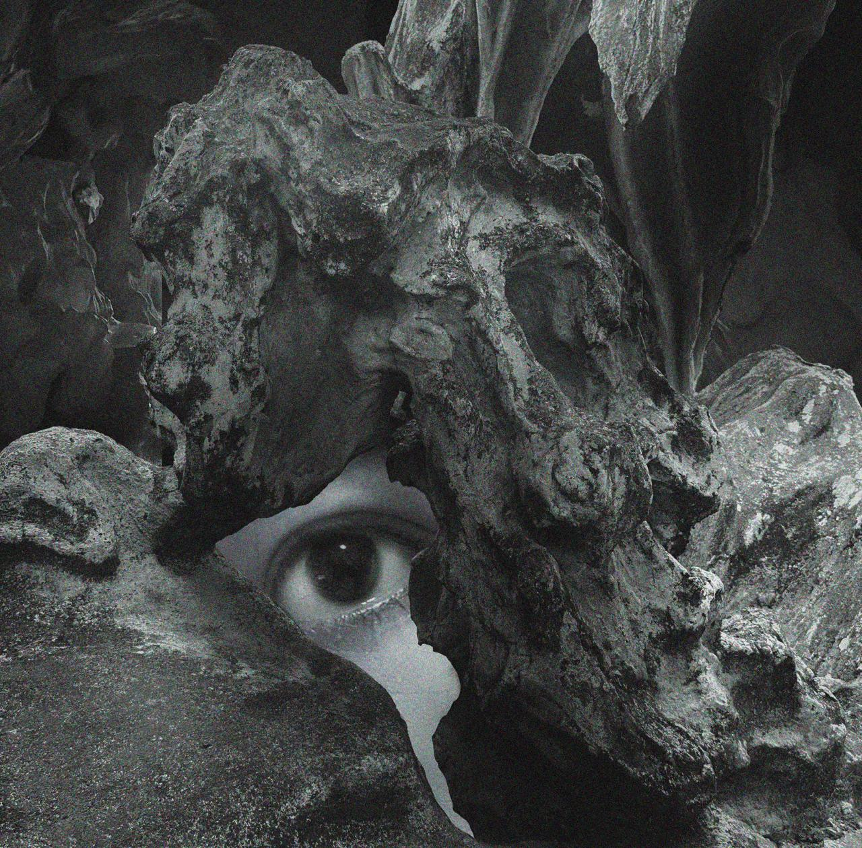With vintage press clippings, letters – correspondence between two fiancés – and photographs, the artist Kurt Tong tells the life of a man from a poor family in Hong Kong in the last century who falls in love with the daughter of a Kuomintang general. Caught in the tumult of political events, Franklin Lung and his fiancée experienced the ravages of war, exile, and acculturation.
The book, an epistolary novel, unfolds the twists and turns of a passionate affair that touches on the universal. Here, “micro-history” resonates with the major current societal themes of armed conflict, migration, separation, and disappearance. After finding an old chest filled with love letters, portraits, dried flowers, Chinese and Japanese newspapers and magazines from the 1930s, 1940s, and 1950s, throughout the pages, the daily life of the two protagonists, two lovers separated, reveals itself.
The book is leafed through and read classically, from left to right: exchanges of letters and photographs outline the destiny of the two characters, like a serial novel, but also from right to left, and it is then that the entire political and social history of China in the first half of the 20th century unfolds. Bound with alternating pages of different widths, the book offers two reading systems, half romantic fiction and half historical collection. Playing the parts of archivist, poet, novelist, and historian, Kurt Tong explores the boundaries of the photography book.
The iconographic richness, the literary approach, and the historical vision – mixing past, present, fiction, and reality – renew the concept of the “artist’s book”.



